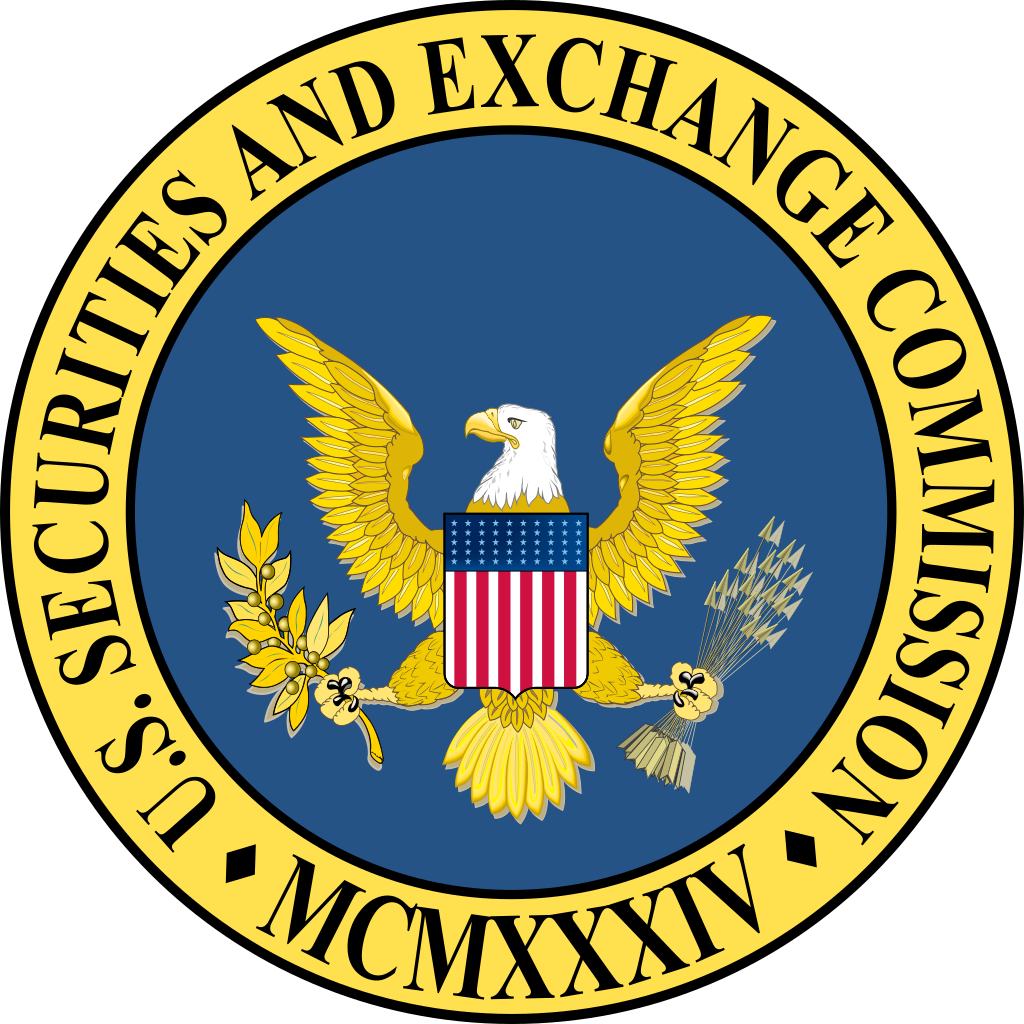
In 2023, the Securities and Exchange Commission (SEC) implemented new cybersecurity disclosure rules, significantly impacting how publicly traded companies report and manage cybersecurity incidents. These regulations underscore the importance of transparency, timeliness, and accuracy in cybersecurity disclosures. Here are key lessons learned by Chief Information Security Officers (CISOs) since the introduction of these rules.
1. Understanding SEC Requirements is Crucial
The SEC's cybersecurity disclosure rules mandate that companies promptly disclose material cybersecurity incidents. This includes providing detailed information about the nature and scope of the incident, its potential impact, and the company's response. Understanding these requirements is essential for compliance and effective communication with stakeholders.
Key Takeaway: CISOs must thoroughly understand the SEC's disclosure requirements. This includes knowing what constitutes a "material" incident and the specific details that need to be disclosed. Regular training and updates on regulatory changes are crucial.
2. Timely Disclosure is Mandatory
The SEC rules emphasize the need for timely disclosure of cybersecurity incidents. Delays can lead to regulatory penalties and erode stakeholder trust. Timely disclosures allow investors and other stakeholders to make informed decisions based on accurate and current information.
Key Takeaway: Develop and implement a robust incident response plan that prioritizes quick identification and reporting of material incidents. Ensure that the plan includes protocols for timely communication with the SEC and other relevant parties.
3. Accuracy and Completeness in Reporting
Accuracy and completeness are paramount in cybersecurity disclosures. The SEC requires companies to provide a comprehensive account of the incident, including its impact and the measures taken to address it. Inaccurate or incomplete disclosures can result in regulatory scrutiny and loss of credibility.
Key Takeaway: Establish a process for verifying the accuracy and completeness of all disclosed information. This may involve cross-departmental collaboration and the use of external experts to validate technical details.
4. Clear and Concise Communication
Effective communication is critical in the wake of a cybersecurity incident. The SEC rules highlight the need for clear, concise, and non-technical descriptions of incidents and their impacts. This ensures that all stakeholders, including investors and the general public, can understand the situation.
Key Takeaway: Train your communication team to translate technical information into clear, non-technical language. Provide straightforward explanations and avoid jargon to ensure broad understanding.
5. Internal Coordination is Essential
Complying with the SEC’s disclosure rules requires seamless coordination between various departments, including IT, legal, public relations, and finance. Ensuring that all teams are aligned helps maintain consistency and accuracy in disclosures.
Key Takeaway: Create a cross-functional incident response team with representatives from all relevant departments. Regularly conduct coordination meetings and simulations to ensure preparedness and effective internal communication.
6. Learning from Incidents
Every cybersecurity incident provides valuable insights. Conducting thorough post-incident reviews helps identify what worked well and areas needing improvement. These insights are crucial for refining disclosure practices and enhancing future responses.
Key Takeaway: After resolving an incident, hold a detailed review session to evaluate the response and disclosure process. Document lessons learned and update your incident response and communication plans accordingly.
7. Proactive Risk Management
The SEC rules encourage proactive risk management to prevent incidents and ensure quick recovery when they occur. This involves regular risk assessments, implementing robust security measures, and fostering a security-conscious culture within the organization.
Key Takeaway: Regularly assess and update your cybersecurity measures to address emerging threats. Promote a culture of security awareness through training and clear policies, ensuring that all employees understand their role in maintaining security.
Conclusion
The SEC's cybersecurity disclosure rules have brought significant changes to how companies manage and report cybersecurity incidents. By focusing on understanding regulatory requirements, ensuring timely and accurate disclosures, facilitating clear communication, and fostering internal coordination, CISOs can effectively navigate these regulations. Proactive risk management and learning from past incidents further enhance an organization's ability to comply with SEC rules and maintain stakeholder trust.
1. Understanding SEC Requirements is Crucial
The SEC's cybersecurity disclosure rules mandate that companies promptly disclose material cybersecurity incidents. This includes providing detailed information about the nature and scope of the incident, its potential impact, and the company's response. Understanding these requirements is essential for compliance and effective communication with stakeholders.
Key Takeaway: CISOs must thoroughly understand the SEC's disclosure requirements. This includes knowing what constitutes a "material" incident and the specific details that need to be disclosed. Regular training and updates on regulatory changes are crucial.
2. Timely Disclosure is Mandatory
The SEC rules emphasize the need for timely disclosure of cybersecurity incidents. Delays can lead to regulatory penalties and erode stakeholder trust. Timely disclosures allow investors and other stakeholders to make informed decisions based on accurate and current information.
Key Takeaway: Develop and implement a robust incident response plan that prioritizes quick identification and reporting of material incidents. Ensure that the plan includes protocols for timely communication with the SEC and other relevant parties.
3. Accuracy and Completeness in Reporting
Accuracy and completeness are paramount in cybersecurity disclosures. The SEC requires companies to provide a comprehensive account of the incident, including its impact and the measures taken to address it. Inaccurate or incomplete disclosures can result in regulatory scrutiny and loss of credibility.
Key Takeaway: Establish a process for verifying the accuracy and completeness of all disclosed information. This may involve cross-departmental collaboration and the use of external experts to validate technical details.
4. Clear and Concise Communication
Effective communication is critical in the wake of a cybersecurity incident. The SEC rules highlight the need for clear, concise, and non-technical descriptions of incidents and their impacts. This ensures that all stakeholders, including investors and the general public, can understand the situation.
Key Takeaway: Train your communication team to translate technical information into clear, non-technical language. Provide straightforward explanations and avoid jargon to ensure broad understanding.
5. Internal Coordination is Essential
Complying with the SEC’s disclosure rules requires seamless coordination between various departments, including IT, legal, public relations, and finance. Ensuring that all teams are aligned helps maintain consistency and accuracy in disclosures.
Key Takeaway: Create a cross-functional incident response team with representatives from all relevant departments. Regularly conduct coordination meetings and simulations to ensure preparedness and effective internal communication.
6. Learning from Incidents
Every cybersecurity incident provides valuable insights. Conducting thorough post-incident reviews helps identify what worked well and areas needing improvement. These insights are crucial for refining disclosure practices and enhancing future responses.
Key Takeaway: After resolving an incident, hold a detailed review session to evaluate the response and disclosure process. Document lessons learned and update your incident response and communication plans accordingly.
7. Proactive Risk Management
The SEC rules encourage proactive risk management to prevent incidents and ensure quick recovery when they occur. This involves regular risk assessments, implementing robust security measures, and fostering a security-conscious culture within the organization.
Key Takeaway: Regularly assess and update your cybersecurity measures to address emerging threats. Promote a culture of security awareness through training and clear policies, ensuring that all employees understand their role in maintaining security.
Conclusion
The SEC's cybersecurity disclosure rules have brought significant changes to how companies manage and report cybersecurity incidents. By focusing on understanding regulatory requirements, ensuring timely and accurate disclosures, facilitating clear communication, and fostering internal coordination, CISOs can effectively navigate these regulations. Proactive risk management and learning from past incidents further enhance an organization's ability to comply with SEC rules and maintain stakeholder trust.

